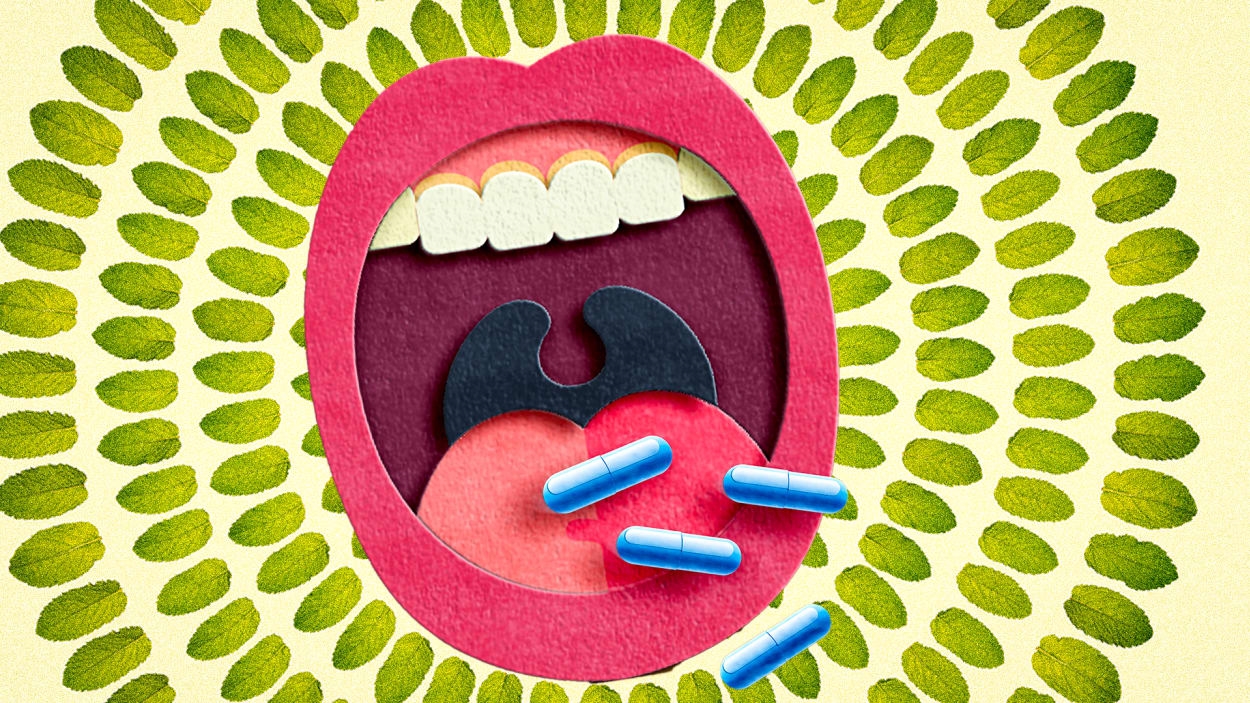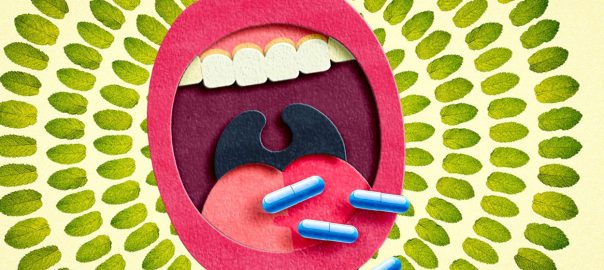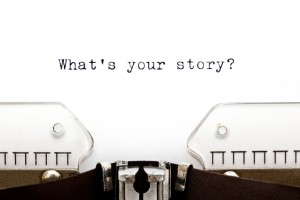
Three years into the pandemic, with monkeypox and polio looming large on the horizon, it’s no surprise that many Americans are sick and tired of being bombarded with bad news about public health. For the health and wellness industry, which has long relied on worst-case scenarios to compel consumers to buy, traditional scare-tactic messaging around preventative and curative care has faded into the bad news echo chamber—because while “fear appeals are persuasive for most of the people most of the time,” Penn State professor of communication arts and sciences James Dillard writes, “both the escalation and de-escalation of fear must occur for the message to be effective.”
To capture new audiences and consumers in this competitive sector, many wellness brands, intent on appealing to millennials and Gen Z, have pivoted to marketing tactics cribbed from the lifestyle space—and are delivering cheerful missives about preventative measures and at-home care in unconventional ways. The common thread throughout: de-emphasizing the clinical and potentially frightening consequences of neglect, and focusing on the emotional benefits of empowerment and self-care—all while entertaining and amusing its audiences, especially via social media platforms such as Instagram and TikTok.
Here are three wellness brands at the forefront.
Sun Bum: Feel-good education
Since launching in 2010, sun protection and lifestyle brand Sun Bum has steered clear of fear mongering in an industry sector traditionally rife with scare-tactic messaging about anti-aging and skin cancer. Instead, the brand relies on consumer education and quirky humor to drive home its brand messaging. This summer, Sun Bum launched a four-part campaign showcasing the breadth of its SPF product range by breaking the fourth wall in an irreverent DIY-style series.
In the sun-care industry, serious health risk prevention continues to be top-of-mind when it comes to consumer motivation—and Sun Bum’s marketing approach is more whimsical and memorable than frightening. In May, the company launched “Know Your Spots,” a campaign that highlights spots of all ilks, like taco shops and dermatological concerns.
“The goal was not to make light of skin cancer, but to create a disruptive video series on platforms native to Gen Z—Instagram and TikTok—that remind people of the importance of annual skin checks with their dermatologist,” Sun Bum vice president of marketing Russell Radebaugh tells Fast Company. “People buy products because of how it makes them feel. Our marketing is not about profiling our products’ features and benefits, but about telling stories that help people feel good and to be a source of positivity in the world.”
Olly: Good vibes only
Founded nearly 10 years ago, Olly has consistently focused on the feel-good side of supplement marketing, approaching it from the perspective of a lifestyle brand instead of the sector’s more conventional ingredients-led messaging. With its bright, colorful packaging and plain language, Olly makes its broad range of products—spanning multivitamins to sleep supplements to mood gummies—easy for shoppers to understand at first glance.
“We’ve found that benefit-driven ads (e.g., sleep) and the feeling (e.g., well-rested), as opposed to ingredient-led messaging (e.g., melatonin) resonate best with consumers,” Olly chief marketing officer Jessica Heitz tells Fast Company. “Many millennial-minded consumers didn’t find the vitamin and supplement category was relevant to them. While traditional vitamin brands talk about the problems people face, Olly focuses on the benefit—and that approach brought an entirely new consumer into the vitamin aisle who had never shopped there before.”
Sometimes, Olly’s unconventional campaigns are both educational and paradigm-shifting, like in the spring, when Olly launched its “Big Vagina Energy” campaign, which aimed to transform what can sometimes feel like a surreptitious, embarrassing shopping experience into an empowering self-care journey through “the aisle of opportunity.”
As of late, Olly has doubled down on relatable moments—and leaning into authentic delivery on social media platforms such as TikTok and Instagram Reels. Like much of the retail industry in 2022, Olly finds its most effective marketing efforts skew away from polished perfection.
“With the rise of TikTok and Instagram Reels, content is shifting away from the days of polished and perfect life to being more real, raw, and relatable,” Heitz says. “With our social mission focused on mental health, we are weaving more ‘real talk’ into our content to help consumers feel seen. Gen Z cares about brands that make a difference and we amplify our social mission in our marketing.”
Welly: Relatable and fun
Founded in 2019 by Eric Ryan, a co-founder of Method and Olly, and acquired by Unilever in 2021, first aid brand Welly launched “Happy Accidents,” its first nationwide brand campaign this spring, targeting millennial parents with lighthearted, relatable first-aid scenarios—such as out with bloody kitchen accidents and in with blisters inflicted by new Doc Martens.
In June, the campaign expanded to include a branded TikTok game filter in which users move around the screen, catching colorful bandages on their faces, and Welly partnered with big mommy-and-me accounts including @greyandmama to spread the word. The playful and interactive TikTok take on first-aid has garnered more than 35 million impressions to date.
@greyandmama Tell me you’re competitive without telling me you’re competitive ???? Have you played the @Welly Be Welly Prepared game?! #wellypartner #getwelly
From its inception, reframing use cases—such as “Happy Accidents,” for example—and reshaping the first-aid industry’s wound-centric language has been a pillar of Welly branding. From day one, the company has focused on delivering “joyful messaging about healing,” Welly vice president of marketing and e-commerce Laura Conlon tells Fast Company. The evidence is everywhere, from renaming flex fabric bandages “Bravery Bandages” to chalking up cuts and scrapes as collateral damage of an exciting, adventurous lifestyle.
“Consumers are smart—they do a lot of research when it comes to their health and wellness products,” Conlon says. “Welly is focused on creating cultural conversations with our fans. In first aid, the focus for us is making it really easy to find what you need, when you want it. For an upcoming brand expansion, a lot of our marketing efforts will focus on the education of consumers about better alternatives for products they already use and trust, that are fun and easy to shop, just like our line of first aid.”
Fast Company , Read Full Story
(30)









